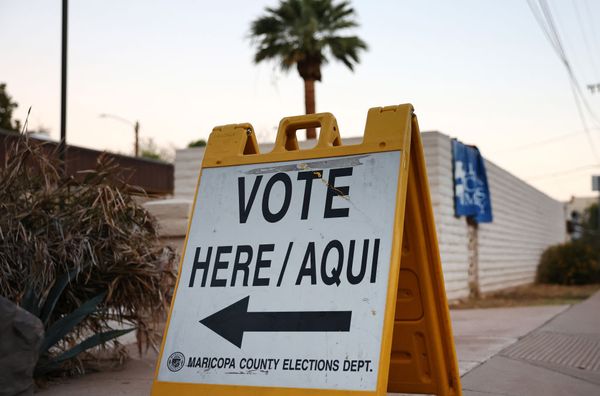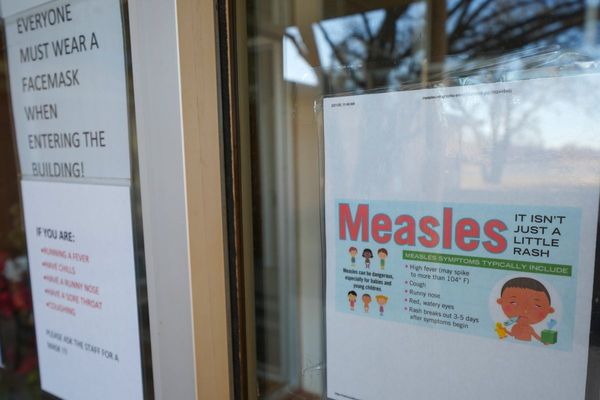Bank earnings this week will kick-off a highly-anticipated second quarter reporting season that could either mark a turning point for stocks facing their worst first-half start in fifty years or cement the case for recession, or even stagflation, in the world's biggest economy.
JPMorgan Chase (JPM), Citigroup (C), Wells Fargo (WFC) and Morgan Stanley (MS) will lead the way with June quarter profit updates, following on from their solid Fed stress test results last month, as around 18 S&P 500 companies are slated to update this week.
Collective S&P 500 profits are forecast to rise by 5.7% from last year to a share-weighted $465.3 billion, according to Refinitiv data, although the bulk of those gains will be derived from soaring energy sector profits. Once those are backed out, S&P 500 earnings will likely be 3% lower from last year.
Energy is likely to see a 239.1% surge in year-on-year profits, to a share-weighted $53.4 billion, paced by a staggering 871.1% surge from the oil & gas refining and marketing sub-set.
Last week, in fact, Exxon Mobil (XOM) said operating profits would likely rise $7.4 billion from the three months ending in March, when it tallied profits of $8.8 billion, completing the oil and energy giant's best bottom line on record.
Add in the $37.6 billion in profits from the industrials sector, and $66.4 billion from the banks, and you have around a third of the collective S&P 500 profit total comprised over only three of the benchmark's eleven sectors.
That's hardly the foundation from which to build a broad-based rally for stocks over the second half of the year, particularly when the Federal Reserve appears to have doubled-down on its pledge to fight inflation -- the CME Group FedWatch's in now pricing the increasing chance of 75 basis point rate hikes in both July and September -- and economic data suggests the economy has already slipped into recession.
"Despite the economic uncertainty surrounding the Fed’s campaign to cool inflation, earnings estimates have so far appeared relatively unphased. In particular, the energy sector is likely to be responsible for the lion’s share of profit growth," said Jason Pride and Michael Reynolds of Glenmede.
"As the macroeconomic environment becomes more challenging, earnings estimates may face negative revisions," they added. "If earnings begin to turn over, there may be further downside in this bear market, justifying an underweight to risk."
Inflationary pressures, which lifted the headline consumer price index to a forty-year high of 8.6% in May, are likely to squeeze profit margins, as are the rising labor costs linked to a tight jobs market where a near-record 11.3 million positions remain unfilled and wages are growing at a 5% year-on-year clip.
The multi-decade strength of the U.S. dollar, which is up more than 12% so far this year against a basket of its global currency peers, will also erode the value of overseas profits - where S&P 500 generate around 40% of their sales.
Much may depend, then, on both the strength of June quarter earnings from the S&P 500's five biggest stocks -- Apple (AAPL), Microsoft (MSFT), Amazon (AMZN), Tesla (TSLA) and Alphabet (GOOGL) -- as well as their near-term forecasts for sales and profits.
At first blush, however, each of the benchmark's heavy-weights is facing a unique set of circumstances.
Tesla, which is down 40% for the year, may be facing the worst of the quintet's quarterly reports, given the hit to production it took from Covid lockdowns in Shanghai and the impact of a potential for a massive writedown on its bitcoin holdings.
Microsoft, for it part, has already forecast lower-than-expected earnings June quarter thanks in part to headwinds linked to the strength of the U.S. dollar. Shares in the group are down around 21.2% so far this year.
In an end-May trading update published on its website, Microsoft said it sees current quarter revenues in the region of $51.94 billion to $54.74 billion, with operating income of between $20.6 billion to $21.3 billion. Earnings will likely come in between $2.24 and $2.32 per share, Microsoft said, down from its April estimate of $2.28 to $2.35 per share.
Apple, meanwhile, told investors in April that Covid and supply chain disruptions around what he called the "Shanghai corridor", as well as Russia's war in Ukraine, would clip between $4 billion and $8 billion from June quarter revenues. Apple is down 20.2% so far this year.
Alphabet CFO Ruth Porat was also cautious on the group's second quarter prospects, telling investors in April that the Google parent would face "a tough comp" for search revenues.
"I would say, in addition, the second quarter results are going to continue to reflect that we suspended the vast majority of our commercial activities in Russia," she added on the group's first quarter conference call. Shares in the group are down 19.5% so far this year.
Amazon, which is down 34% so far this year and recorded its biggest single-day decline in late April following a surprise first quarter loss, said June quarter operating income would fall between -$1 billion to +$3 billion on revenues in the range of $116 billion to $121 billion, a tally that would be essentially flat to the prior period.
Ahead of the Big Tech parade, however, will be a series of second quarter updates from the banks, starting with JPMorgan on Thursday, one of the few major lenders that declined to boost its dividend payout ratio following a successful conclusion of Federal Reserve stress tests last month.
All 33 U.S.-based banks -- with more than $100 billion in assets -- passed the Fed's annual report card, put in place in the wake of the global financial crisis, that probes a bank's ability to keep enough capital on hand to absorb losses -- and protect depositors -- in the event of a severe recession.
First quarter profits from the four biggest U.S. banks were down 33% from last year as the country's biggest lenders set aside billions to absorb potential bad loan losses as well as exposures linked to Russia.
JPMorgan CEO Jamie Dimon cautioned in April on the impact of the Russia-Ukraine conflict on the bank's profits, while also warning that rate hikes from the Federal Reserve "could be significantly higher than the market expects" between now and the end of the year.
Still, JPMorgan said only last month that its full-year net interest income, a key gauge of bank profitability, would rise to $56 billion this year, a noted improvement from a target of "in excess of $53 billion" it published alongside its first quarter earnings.







